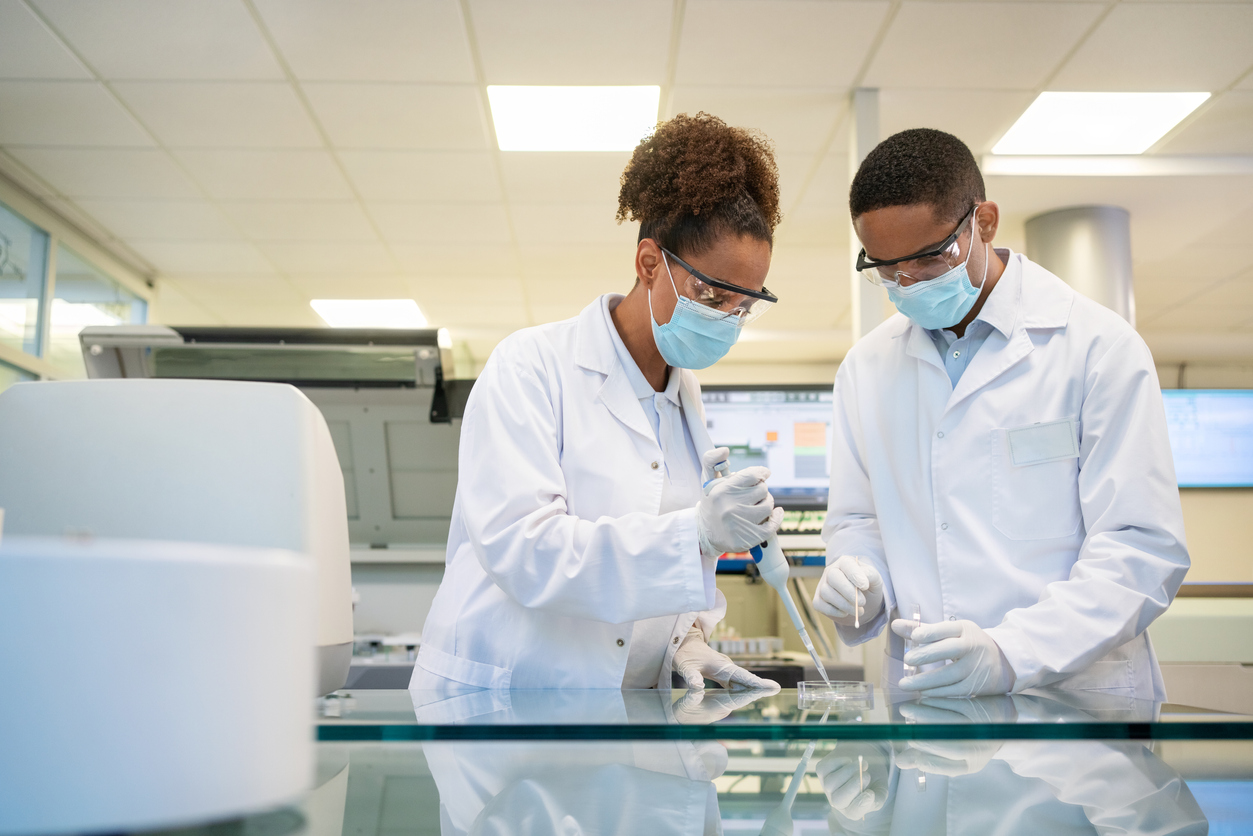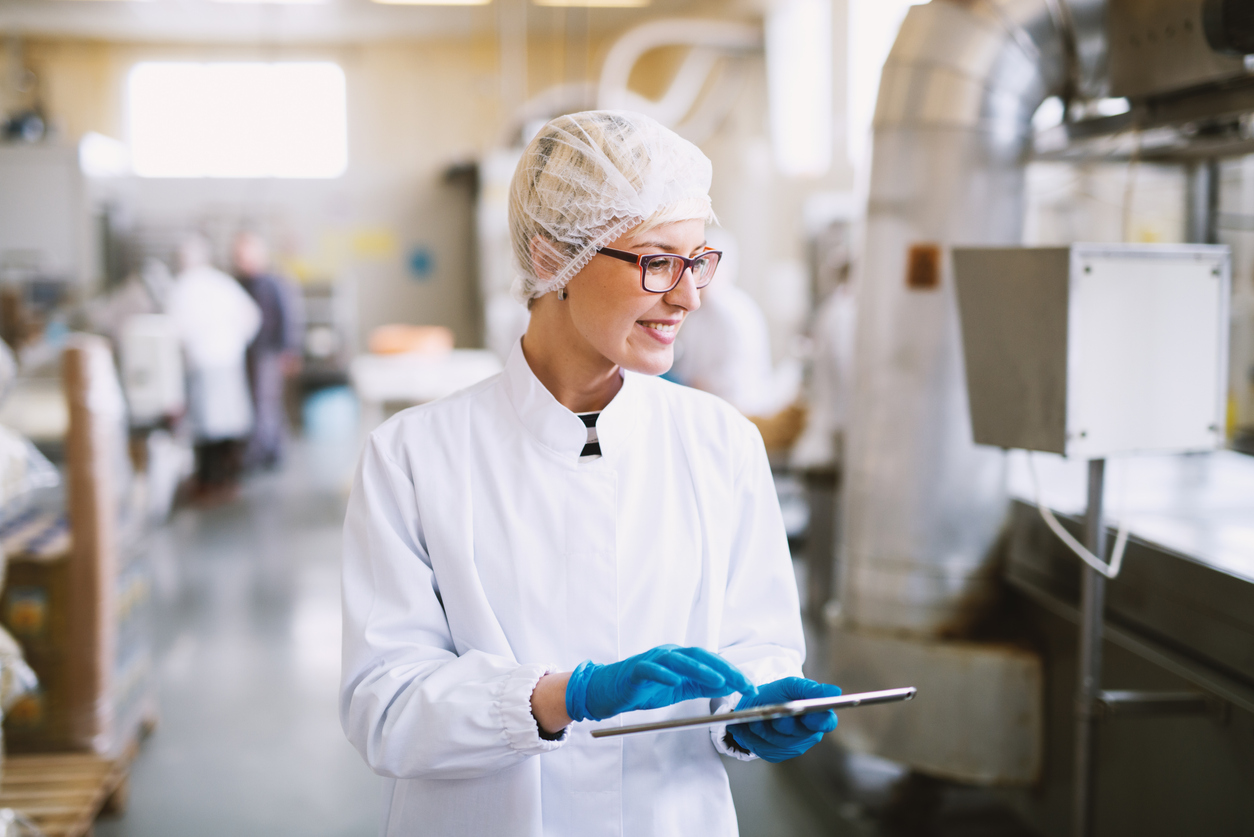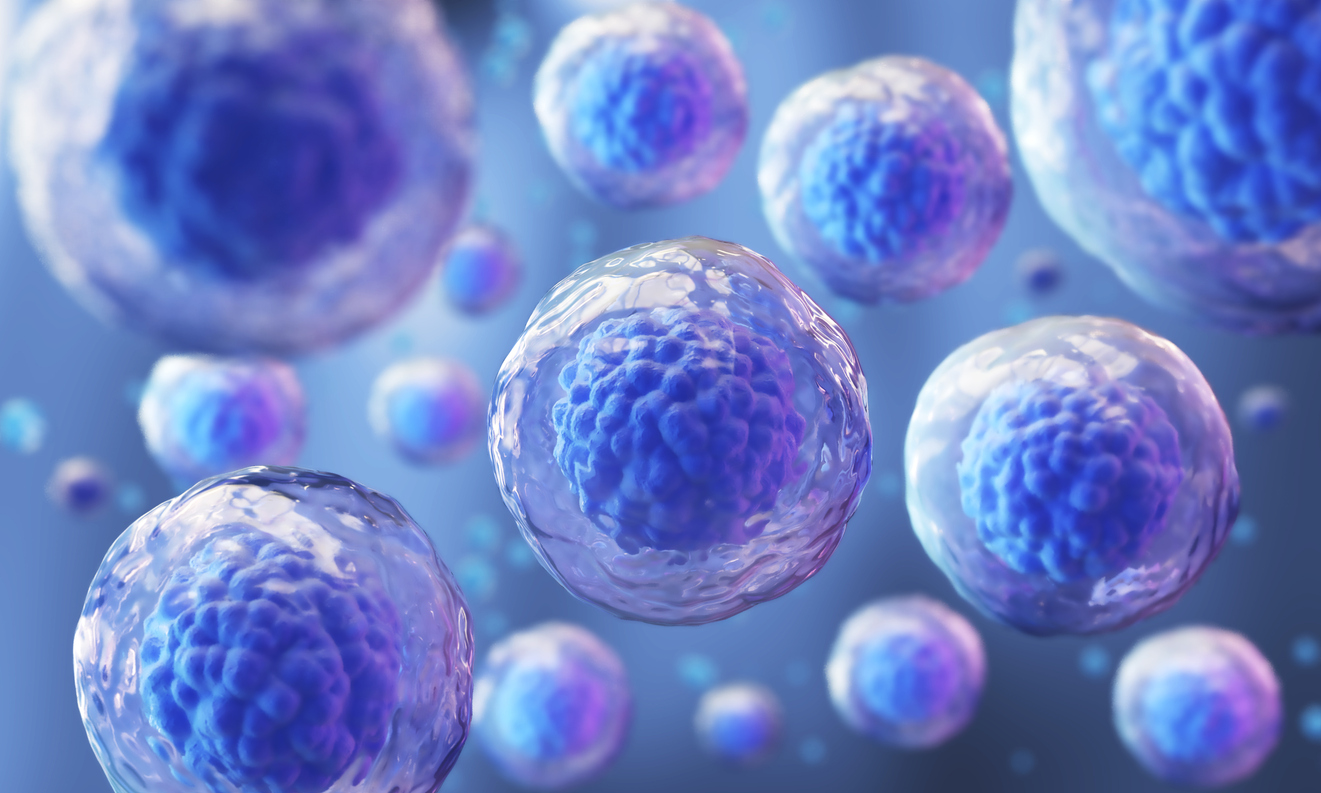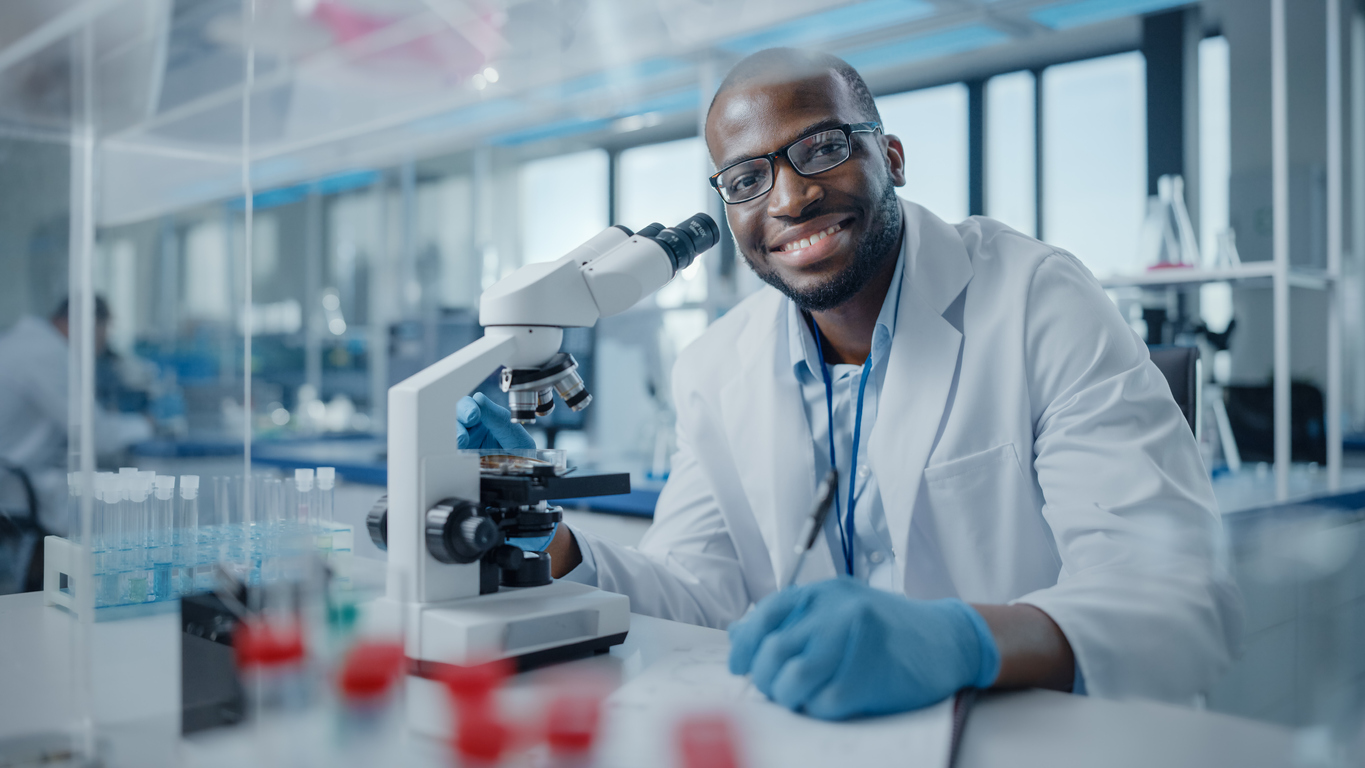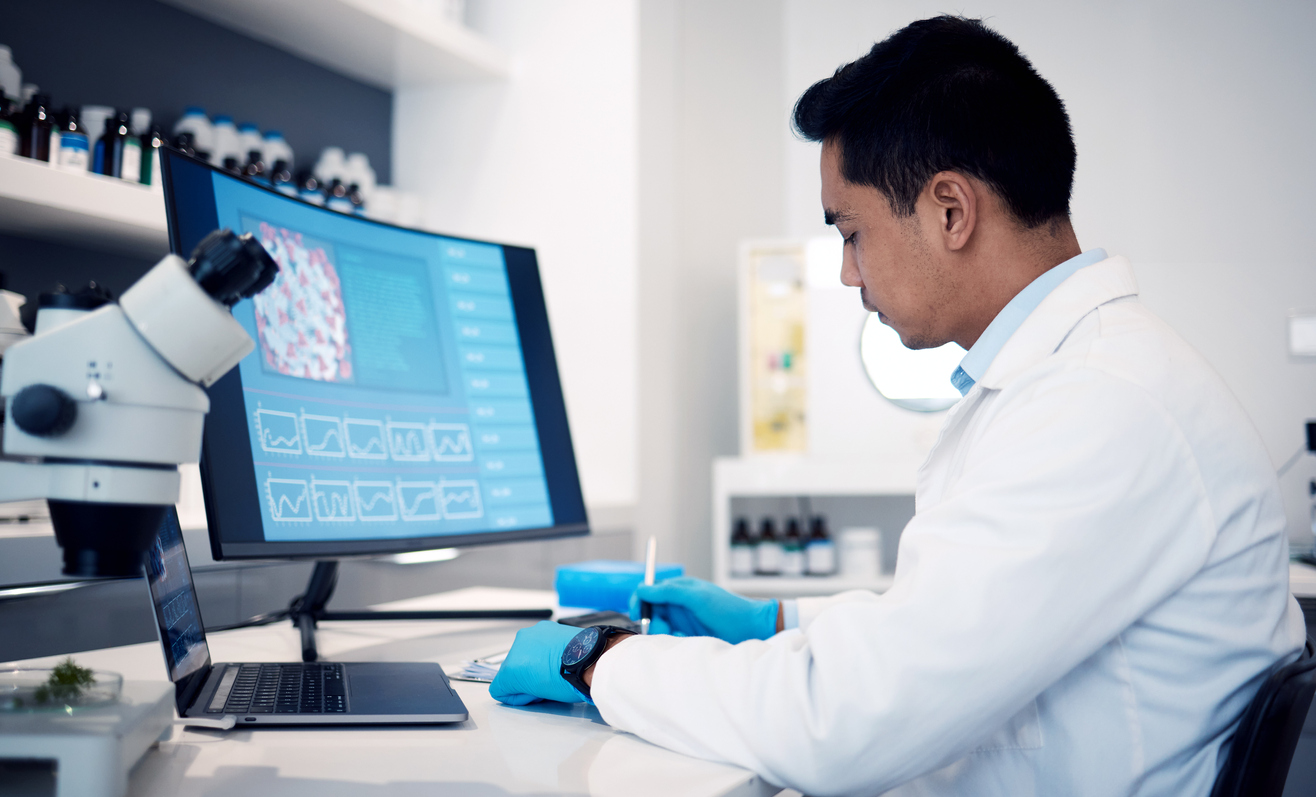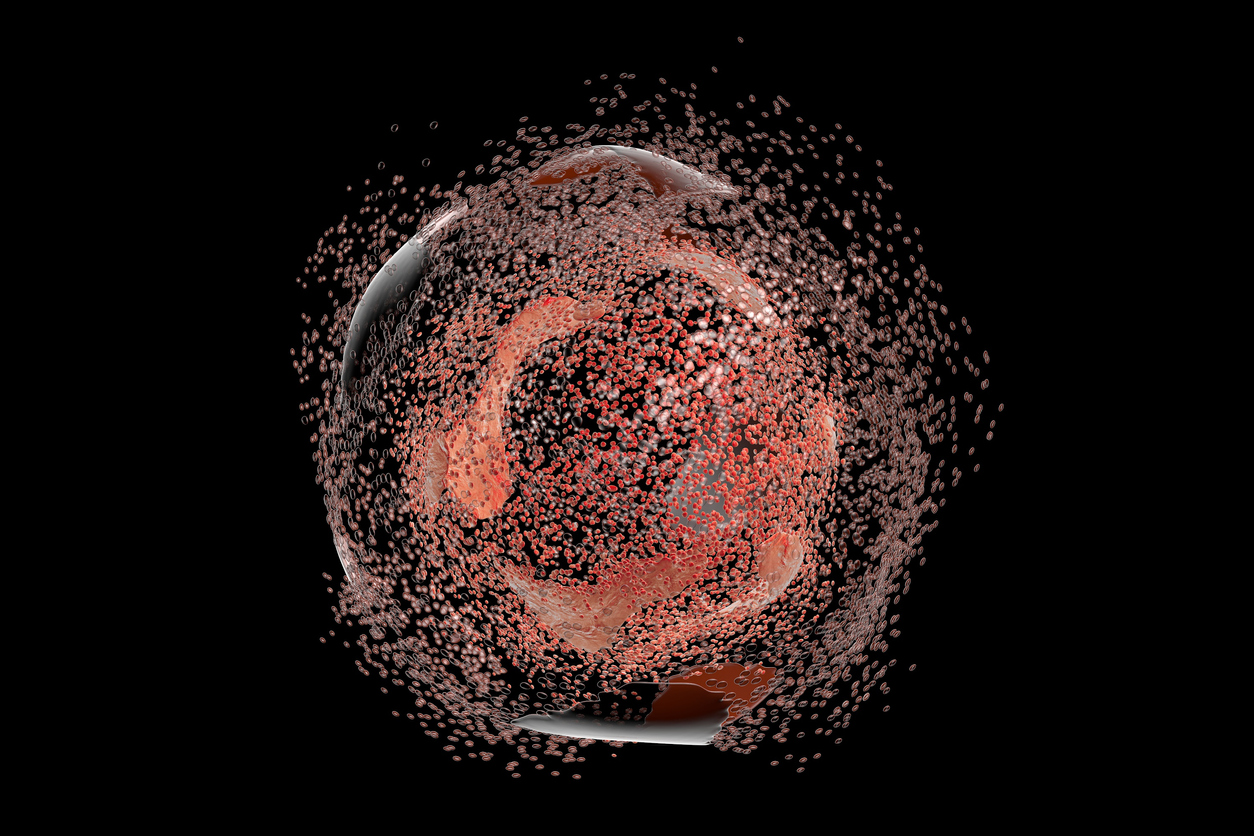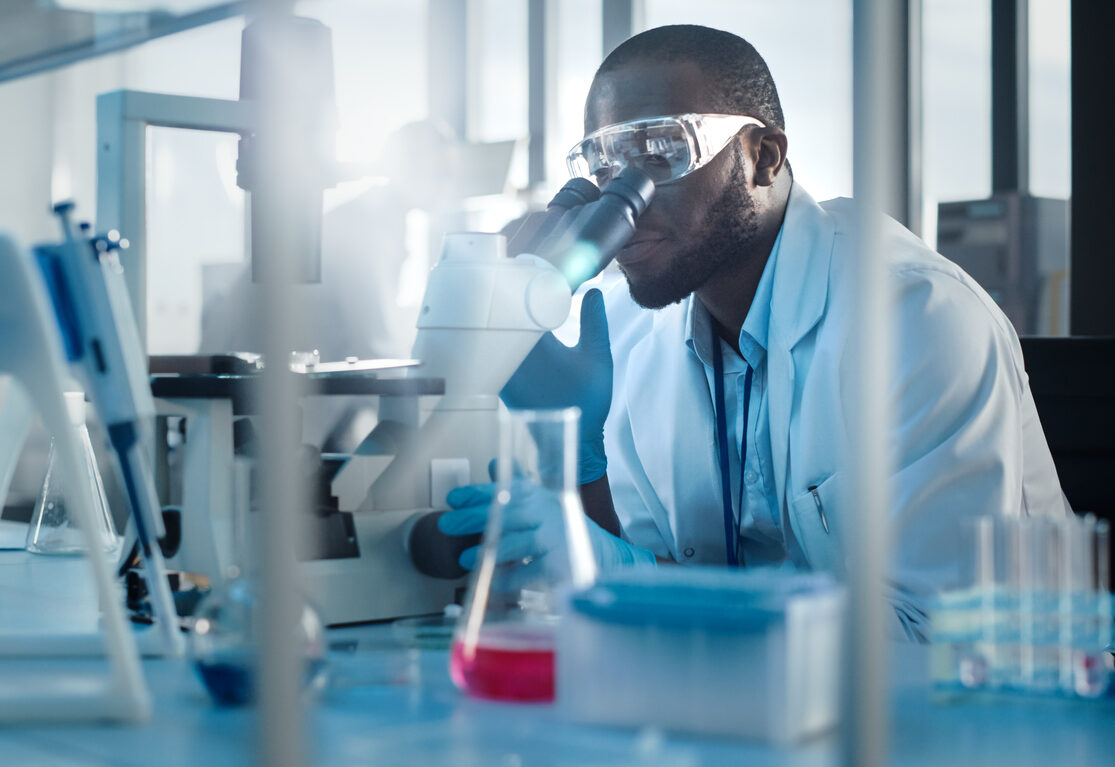Blog
Category: Technical
Approved CAR T Cell Therapies Revolutionize Cancer Treatment
Updated on Jun 10, 2025 By Jason Ellis, PhD Share
The emergence of CAR T cell therapies is one of the most promising developments in cancer treatment. This revolutionary approach, which involves reprogramming a patient’s own immune cells to fight cancer, has garnered significant attention and hope in the medical community. The recent approvals of adoptive cell therapies mark a new era in oncology and our understanding of the immune system, offering fresh avenues for patients battling various forms of …
Understanding GMP Leukopaks
Updated on May 17, 2025 By Dominique Badea, PhD Share
Leukopaks are an essential tool across medical and research applications, providing a robust source of white blood cells in a much higher concentration than whole blood samples. A leukopak is an enriched apheresis product collected via leukapheresis. During the leukapheresis process, white blood cells are collected and enriched by the simultaneous return of non-target blood cells to circulation. They contain a high concentration of peripheral blood mononuclear cells (PBMCs). As …
Understanding GMP in Biotech Companies
Updated on May 17, 2025 By Jason Ellis, PhD Share
Introduction to GMP in Biotech Biotechnology sales require adherence to rules and regulations that protect both the companies and patients involved. These practices are commonly referred to in the community as GMP or good manufacturing practices. In the United States, these regulations are enacted and enforced by the Food and Drug Administration (FDA) to ensure product quality and safety. Also referred to as cGMP or current good manufacturing practices, they …
Fragile Immune Cells Require Gentle Handling
Updated on Apr 7, 2025 Share
Protecting cells during cell processing is a critical aspect of protocol design and development. Cells are fragile by nature, requiring specific and gentle handling to survive and optimally perform in their downstream applications. Some cells are more delicate than others and more prone to damage or cell death when exposed to stressful conditions. The Importance of Gentle Handling Handling cells gently is crucial to maintaining cell viability, morphology, and experimental …
Dead Cell Removal After Cell Separation
Updated on Apr 7, 2025 Share
Sample processing techniques like cell separation can potentially damage cells of interest and even decrease cell viability. Removing these dead cells before further clinical or research testing is important to reducing confounding downstream testing and results. In the case of leukopak processing, dead cell removal remains an integral step in preparing pure and high-quality cell populations. If dead cells are not properly removed from a sample, they can release toxins …
Dead Cell Removal Before Cell Separation
Updated on May 19, 2025 Share
The removal of dead cells from a cell sample is a critical component of cell separation and purification that can significantly improve the quality and purity of the final product. As techniques for cell separation continue to evolve, researchers are constantly seeking ways to improve efficiency. If left unremoved, dead cells tend to release cellular debris, which may lead to erroneous results and contamination of the final product. That’s why …
Counterflow Centrifugation
Updated on Apr 7, 2025 Share
What Is Counterflow Centrifugation Elutriation? Centrifuges are one of the most commonly utilized laboratory instruments, applicable for cell separation, purification, and harvesting. Counterflow centrifugation elutriation (CCE) is a liquid clarification technique that separates cells suspended in a solution by size and stage. This process operates based on the differing sedimentation rates of cells or particles of different sizes in a liquid medium under centrifugal force. CCE is a valuable method …
An Overview of Activation-Induced Cell Death
Updated on May 19, 2025 Share
What Is Apoptosis? Cell death is a natural and normal part of the human body’s maintenance mechanisms. Apoptosis means the steady process of programmed cell death that occurs to aid in the body’s growth and development. Apoptosis regulates the life and death of cells, which affects several body processes like cell turnover, growth, immune functioning, hormone distribution, and hormone atrophy. Cell survival or death directly impacts the immune system’s population …
Cell Growth Factors and Development
Updated on May 19, 2025 Share
What Is a Cell Growth Factor? Cells grow in size as they move through the cell cycle toward eventual mitosis and cytokinesis, or cell division. To move from one stage of cell growth to the next, cells require the stimulation of surface receptors to pass entry checkpoints at each phase of the cell cycle. These signals come from cyclin-dependent kinases (CDK) and their cyclin components. Growth factors are an extracellular …
Types of Induced Cell Death
Updated on May 14, 2025 Share
During a potential infection, the immune system relies on accurate and robust cellular activation and expansion. The massive release of activated effector cells can lead to major inflammation. Although this inflammation is necessary to quell the potential infection, the immune system provides safeguards against uncontrolled inflammation to protect the host from damage. The immune system implements checkpoints and controls to manage the number of active T cells and inflammation during …




